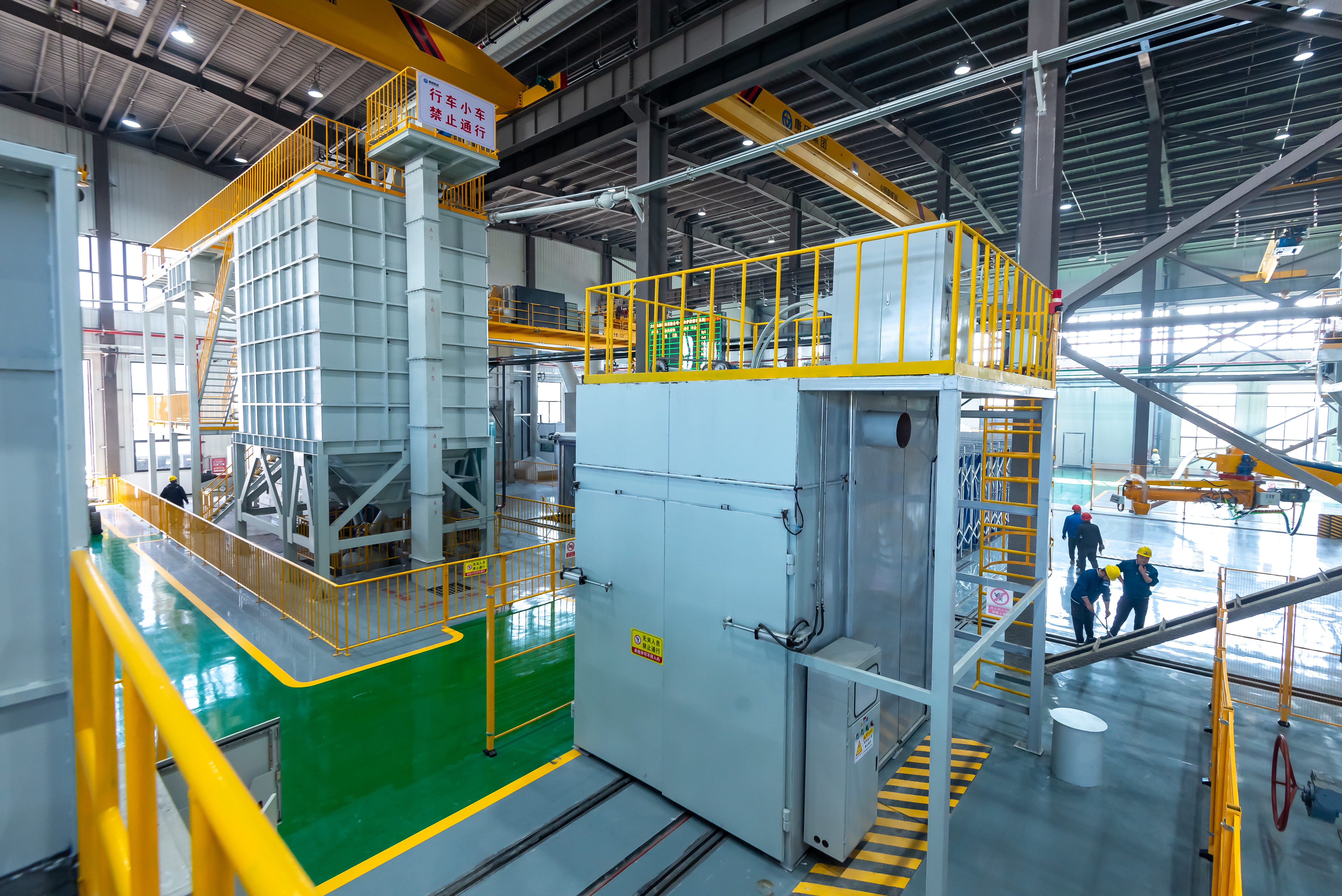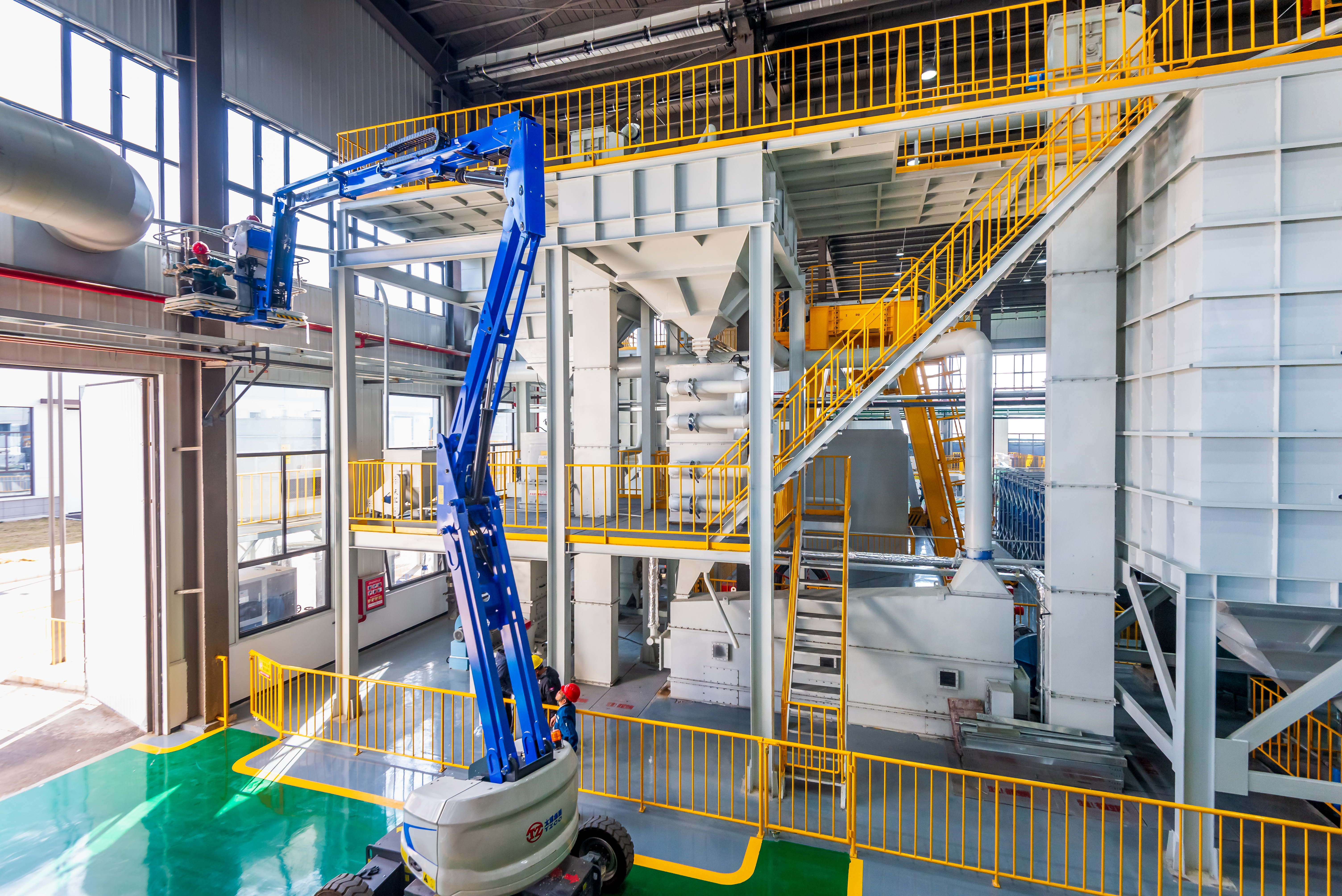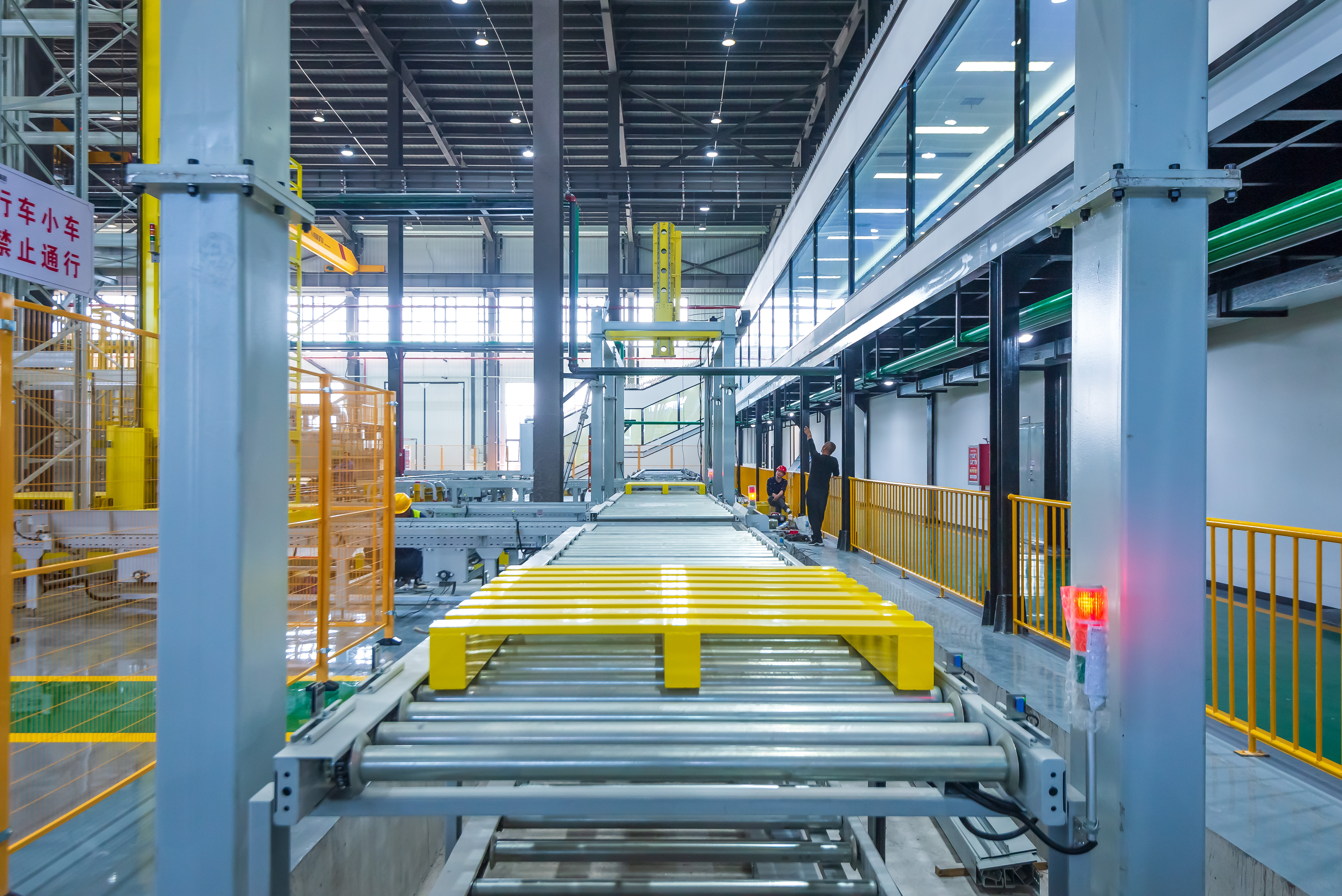steel sand casting
Steel sand casting is a versatile manufacturing process that combines traditional foundry techniques with modern metallurgical advances. This method involves creating molds from sand mixtures, into which molten steel is poured to produce complex metal components. The process begins with creating a pattern that matches the desired final product, followed by packing specially prepared sand around it to form the mold cavity. The sand mixture typically contains silica sand, clay binder, and other additives that enhance mold strength and surface finish. Once the mold is prepared, molten steel is poured in at temperatures exceeding 2500°F (1370°C), filling every detail of the cavity. After cooling and solidification, the sand mold is broken away to reveal the cast component. This process is particularly valued in industries requiring large, complex steel parts with specific mechanical properties. Steel sand casting accommodates components ranging from a few pounds to several tons, making it essential for manufacturing heavy machinery parts, pump housings, valve bodies, and structural components. The process allows for the production of parts with intricate internal passages and varying wall thicknesses, which would be difficult or impossible to achieve through other manufacturing methods.


